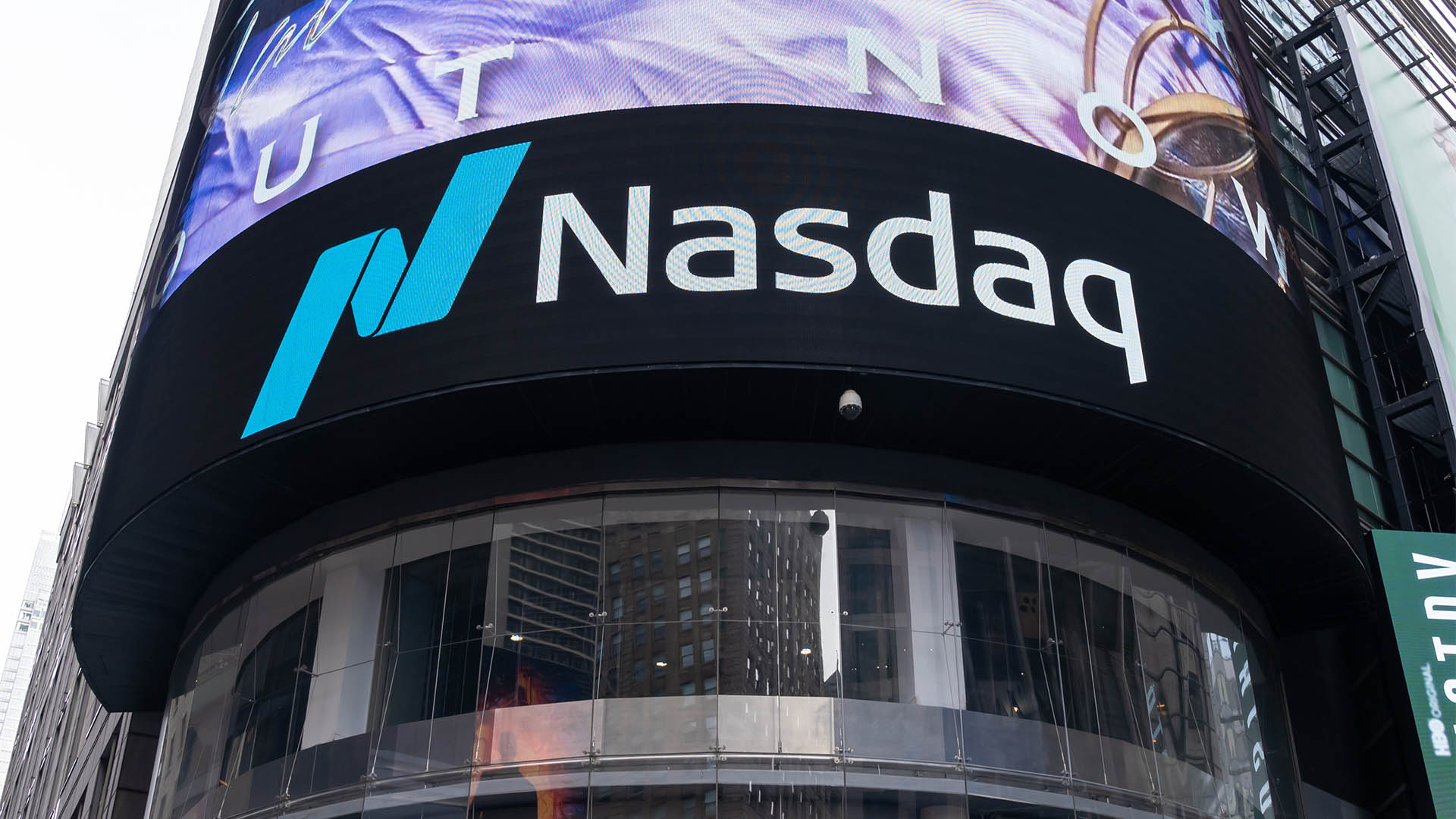Nasdaq suffered its sixth straight losing day on Friday, the longest downtrend in more than a year. Tech giants like Nvidia and the much-diminished Tesla slid.
Adding to that, the fading aftermath of Israel’s retaliation against Iran and a growing belief that there will be no rate cuts from the Fed until September at the earliest, down went everything — well, bar the Dow and its 30 value stocks.
The tech-heavy Nasdaq lost 2.05% to 15,282.01, while the main index, the S&P 500, slipped 0.88% to 4,967.23, falling back below the 5,000 level for the first time since late February.
Both indices clinched their sixth straight negative days, the worst losing streaks not seen for either since October 2022.
Nasdaq fell 5.5% last week, marking its fourth straight week in the red — its longest negative streak since December 2022. It was also Nasdaq’s worst weekly performance since November 2022.
The Dow ended up 211.02 points, or 0.56%, to finish at 37,986.40. Not bad after the overnight futures were down 500 points on the news of Israel’s reply to Iran’s attacks earlier in the week.
The index was lifted by a rally of more than 6% in American Express, which boosted earnings and made bullish statements about consumer spending and its direction (high-priced travel and entertainment, for example).
Netflix fell more than 9% as investors, large and small, gave a big thumbs down to its move to restrict publication of subscriber numbers. That was after the 16% jump in subscriber numbers in the March quarter, and the decision to hide the figures was taken as the company signaling there was bad news ahead.
Nvidia shares corrected in one session — they closed down 10% on the day and 14.5% for the week. Tesla shares lost 1.9% on Friday and more than 13% for the week.
The S&P 500 posted its worst weekly performance since March 2023, losing 3.5% amid growing fears about the path of inflation and monetary policy. It was the benchmark's third straight negative week, and big techs helped sink the day’s trading deeper into the red.
This coming week will be a big test of sentiment, with four of the so-called Magnificent Seven tech stocks (now looking very much battered) reporting March quarter earnings, led by Microsoft, followed by Facebook, Tesla, and Alphabet.
Analysts are upbeat about their results — with the big exception of Tesla — but the way techs have sold off in the past week or so, there seems to be a lack of enthusiasm among investors. The S&P 500 is now more than 5% off its 52-week high, part of a market pullback that has been largely driven by the admission that a belief in three cuts this year from the Fed was always going to be misplaced after the higher-than-expected inflation readings for January and February.
A clutch of US analysts pointed out that the S&P 500 is ‘halfway to a correction,’ which tells you how nervous they are at the moment. It may not happen!
And after Friday’s sell-off in the Nasdaq and S&P, the Australian futures market strangely has a 27-point gain penciled in for this morning.
That’s after the big 2.8% slide last week, including Friday’s loss of 0.98% or 74 points. The futures trading is very much at odds with the way Wall Street trading ended, and the Dow’s gain was mostly due to a solid rise by American Express.
Gold ended higher, which is good for the ASX, but iron ore faded a touch on Friday but still rose over the week.
Eurozone shares lost 0.9%. Japanese shares fell 6.2% for the week, having gone up a lot more than other markets. But Chinese shares managed a 1.9% gain, helped by slightly better-than-expected economic data, but not property, which remains a festering black hole.














